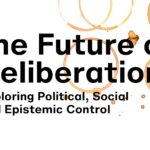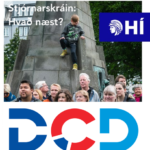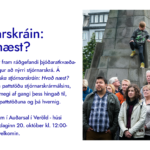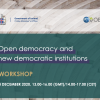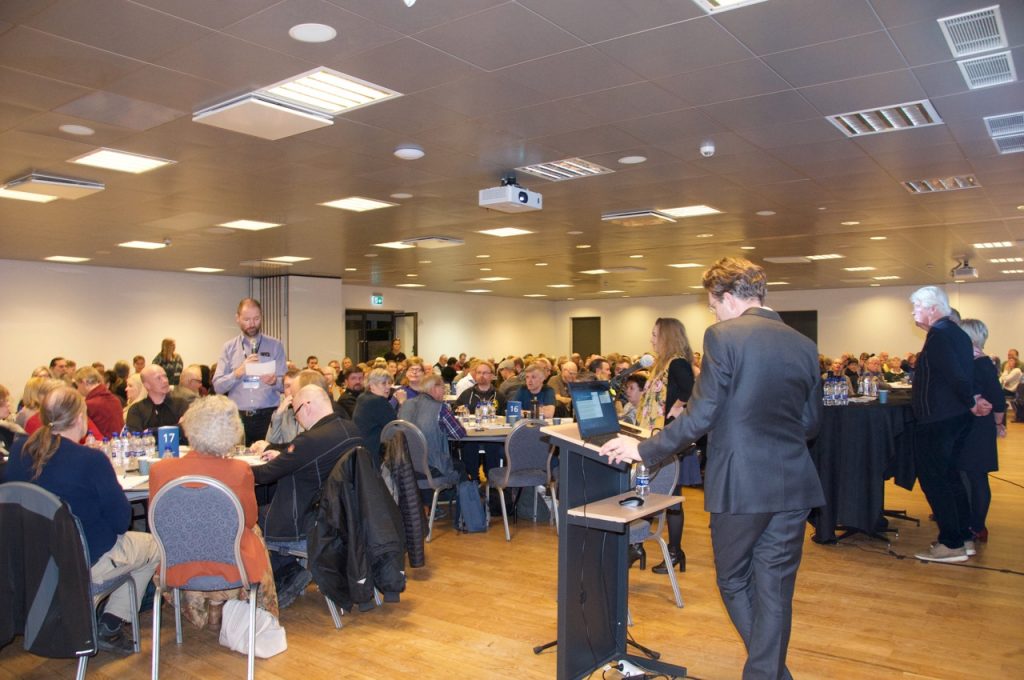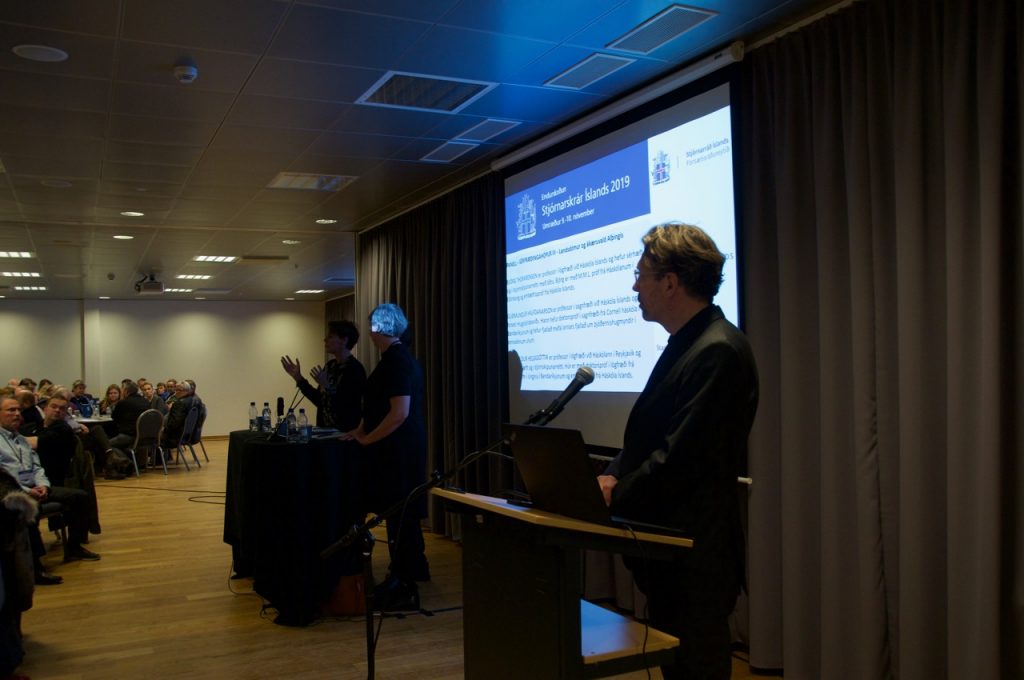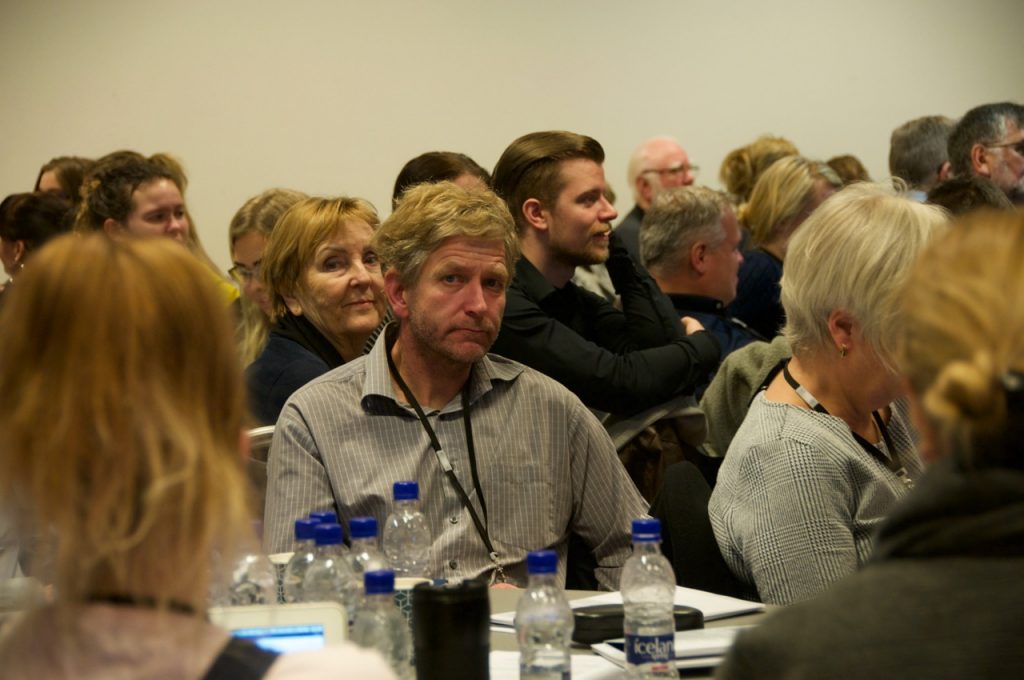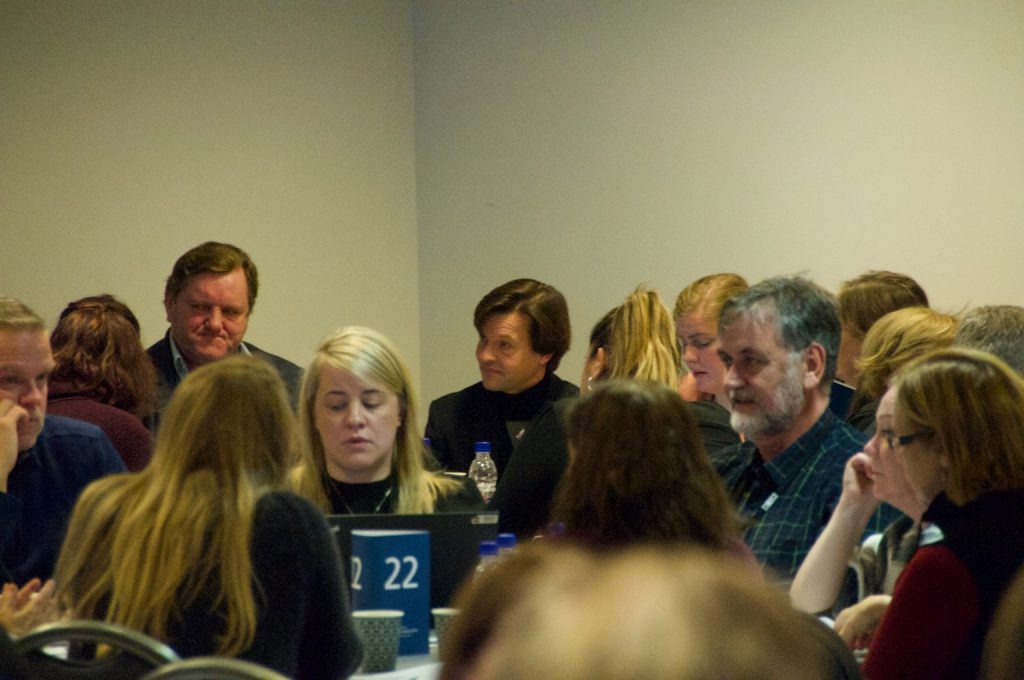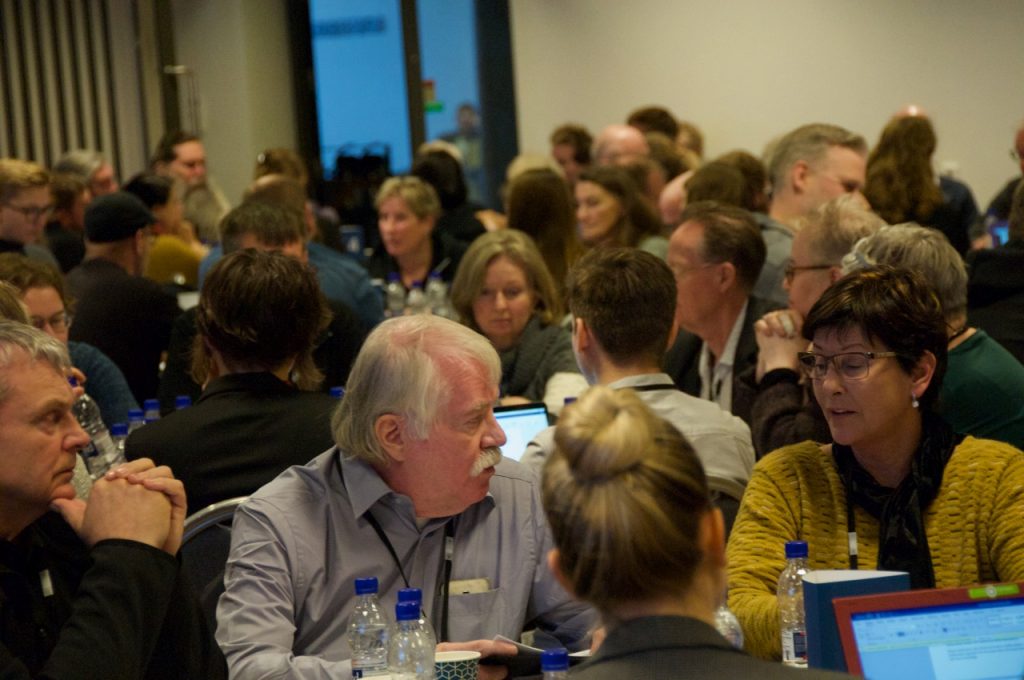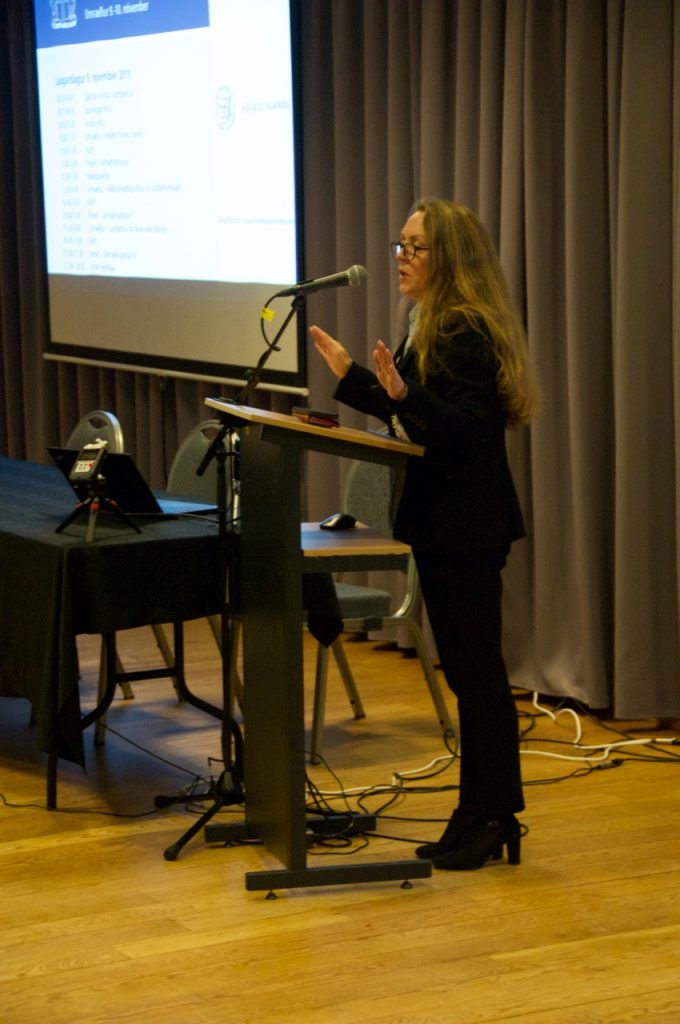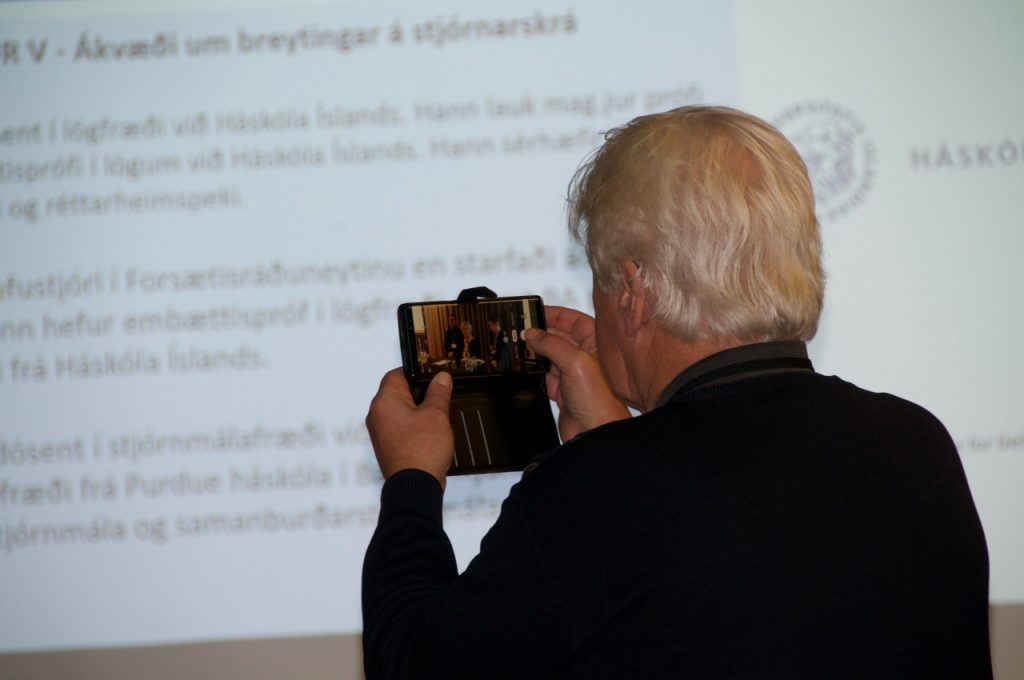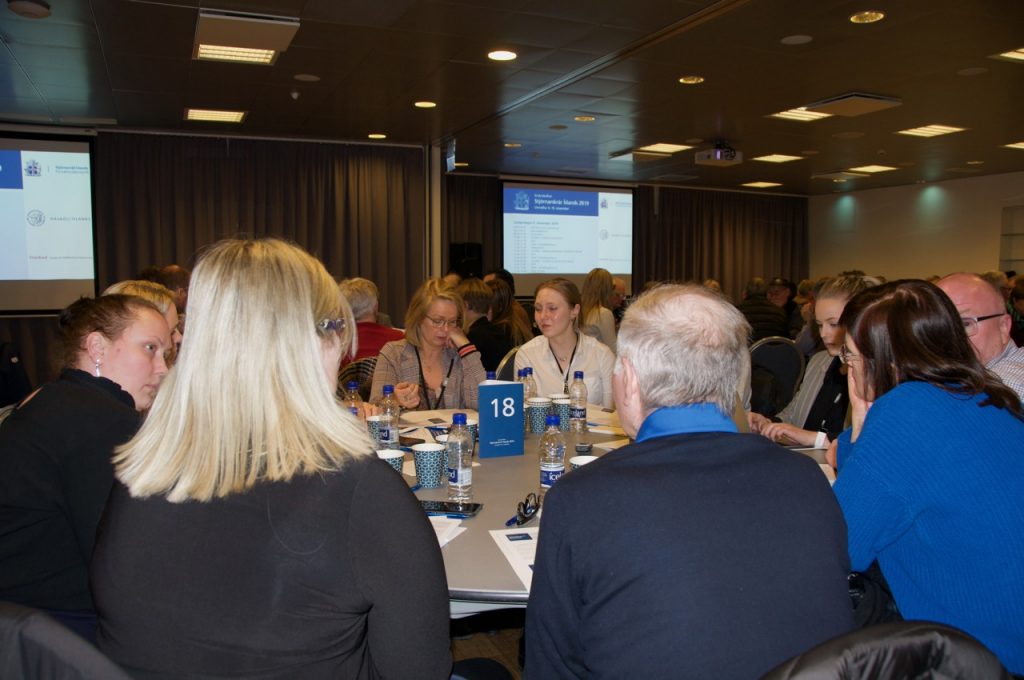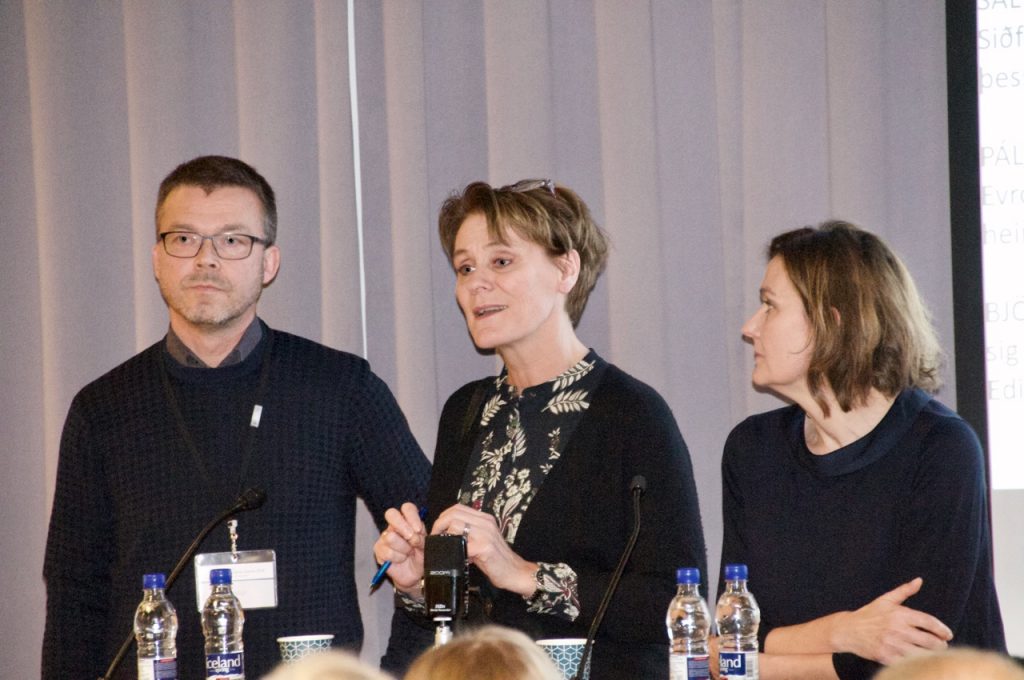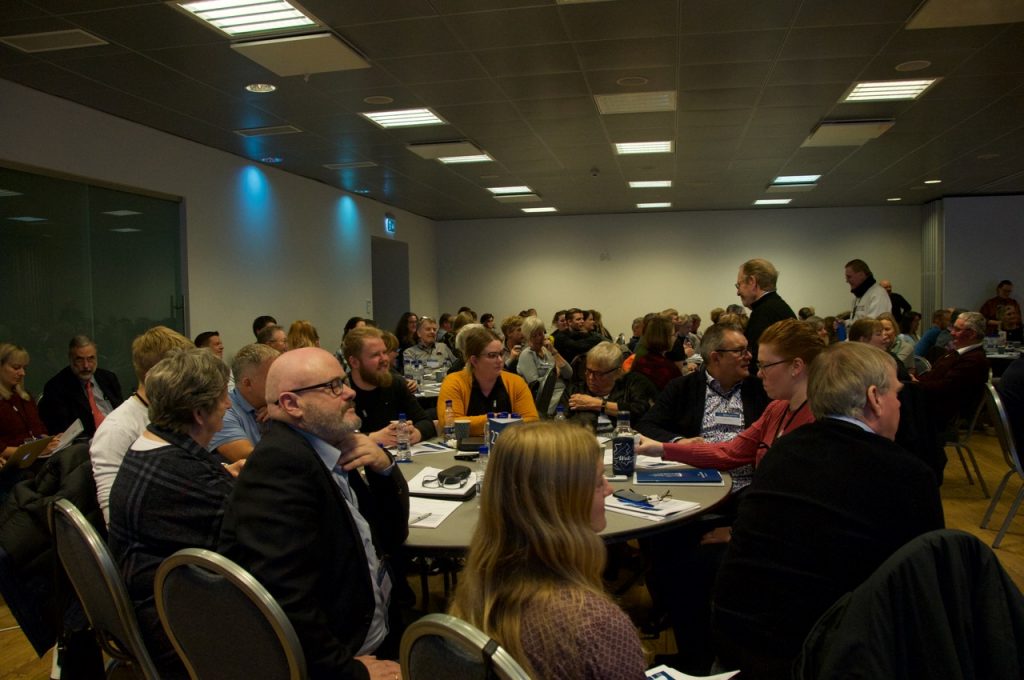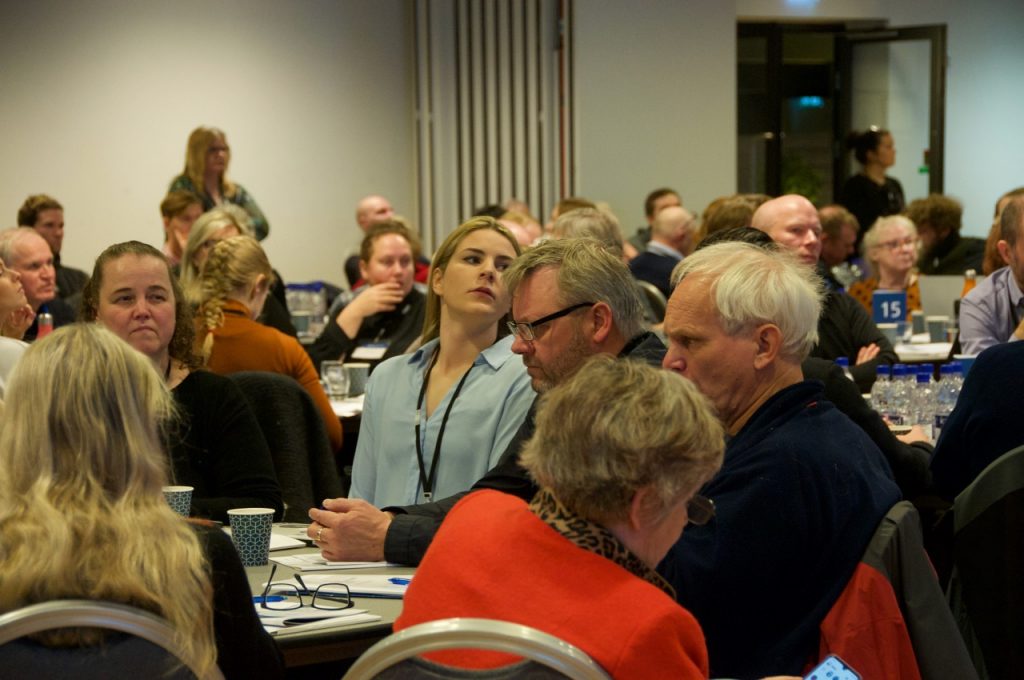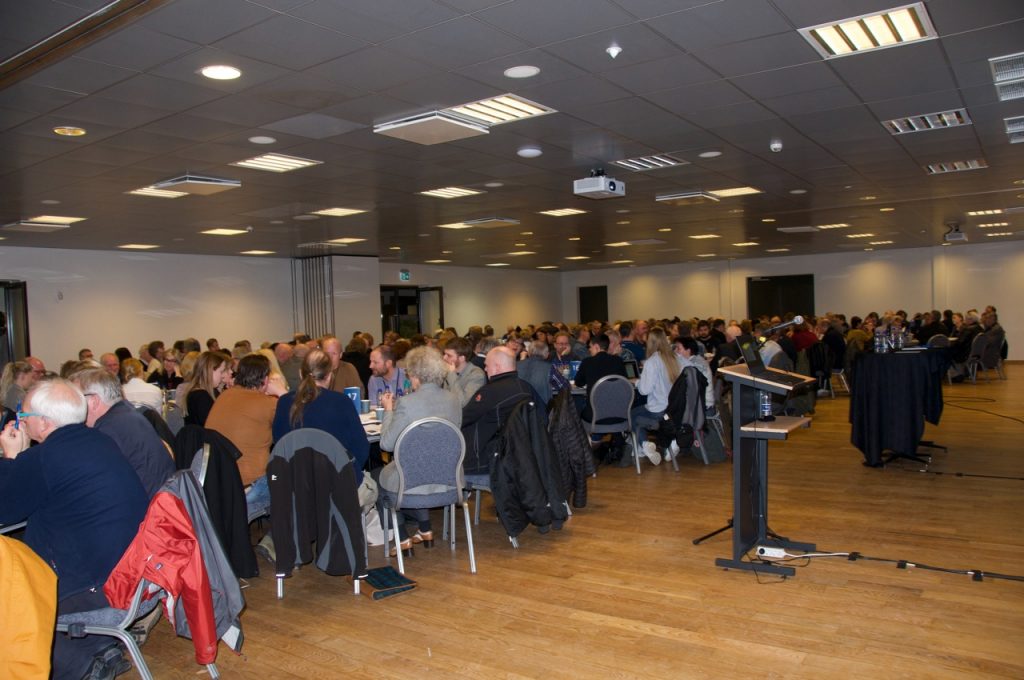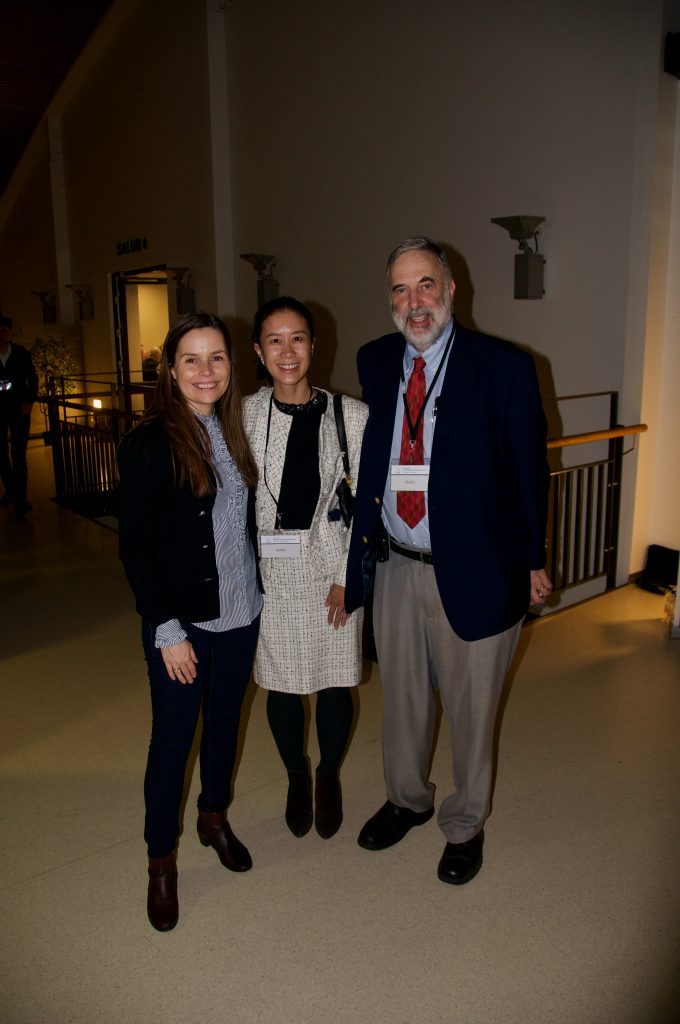| TITLE OF PAPER | A material-feminist approach: Rethinking disciplinary and categorical borders in social and feminist studies |
|---|---|
| AUTHORS NAME | Jessika Grahm |
| AFFILIATION | Human Ecology/Environmental Social Sciences, School of Global Studies, Gothenburg University |
| UNIVERSITY / INSTITUTE | Gothenburg University |
| jessika.grahm@yahoo.com | |
| ABSTRACT |
Since several decades, feminist scholars have debated and challenged traditional boarders and dichotomies focusing of the gendered body, performance, emotions and lately the human and non-human in terms of nature/culture, biology/social and matter/mind, material/semiotic etc. The purpose of this paper is to contribute to the understanding of how meaning and matter, nature and culture, human and non-human are entangled in an inseparable way in social interaction and what implications it might have for social and feminist studies. |
| BIOGRAPHY |
Jessika Grahm, PhD student, Human Ecology/Environmental Social Sciences, School of Global Studies, Gothenburg University. She questions traditional epistemology organizing the human being and world in two ontologically separate realms, thereby challenging ontological, disciplinary and categorical borders still prevalent in feminist approaches. The global aim of her thesis is contributing to integrative ways of understanding human/women/men that could be acknowledged and made applicable to the social/humanities as well as the natural sciences. |
| CO-AUTHORS |
Jessika Grahm, PhD student, Human Ecology/Environmental Social Sciences, School of Global Studies, Gothenburg University e-mail: jessika.grahm@yahoo.com |
| KEYWORDS | material-semiotic, intra-action, human/nonhuman agency, bio-semiosphere, social brain |
| STREAM | 4. Along and across Borders: Proper Objects and Intersectionalities, 6. Production and Negotiation of Borders in Gender Research |
| COMMENTS | |
| PICTURE | |
| Webpage | |
Home »
